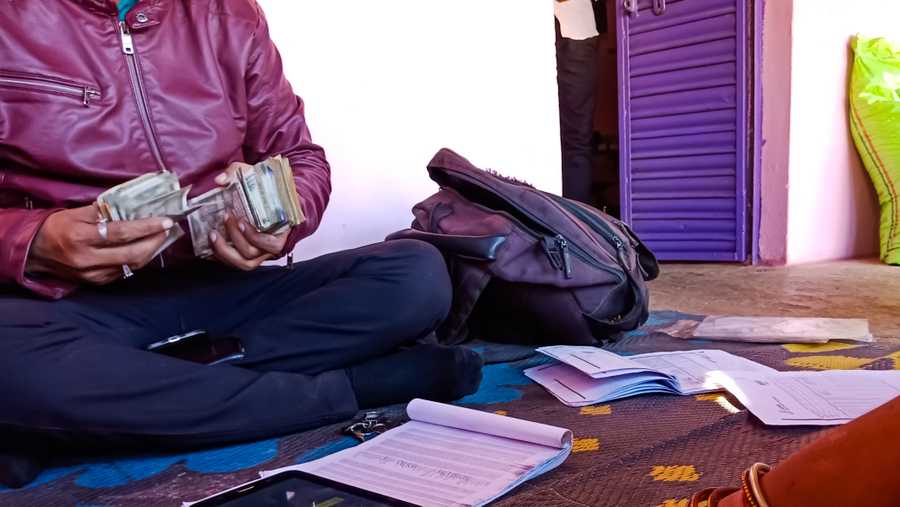Microlenders in Bengal, particularly the smaller non bank financial companies and NBFC MFIs, have sought easier clearances relating to trade licence for its branches from the state government.
According to members of the Association of Microfinance Institutions — West Bengal (AMFI -WB), government officials at the municipal and panchayat level often do not have clear guidelines relating to issue of trade license for branches of microfinance institutions.
However, the Reserve Bank of India has come out with a new regulatory framework for the MFI sector covering all commercial banks and NBFC MFIs and these lenders will need to focus more on compliance.
“All MFIs being regulated entities want to be compliant at all times. If a branch office does not have its trade licence for a specific period, then at the time of auditing these are considered as non compliant. We have sought the support from the state government in this regard,” said Pranab Rakshit, vice-president, AMFI-WB on the sidelines of the announcement of the sixth edition of Eastern India Microfinance Summit scheduled on April 21, 2022.
The association on Monday said in a statement that the industry is in favour of a single window option for trade licenses for a one time fixed fee per branch.
The microlenders in Bengal cover more than 9 million women borrowers mostly from the underprivileged segment.
The industry employs at least 37,000 people.
According to data from Crif High Mark, gross loan portfolio of microlenders in Bengal Rs 32,500 crore at the end of third quarter of 2021-22.
Bengal closely follows Tamil Nadu which has a gross loan portfolio of Rs 37,400 crore at the end of the third quarter of 2021-22.
RBI last month had updated the regulatory framework for microfinance loans where microfinance loan has been defined as a collateral free loan given to a household having income up to Rs 3 lakh. Earlier, rural households with annual income not exceeding Rs 1.25 lakh and urban households with income not exceeding Rs 2 lakh were eligible for microfinance borrowing.











